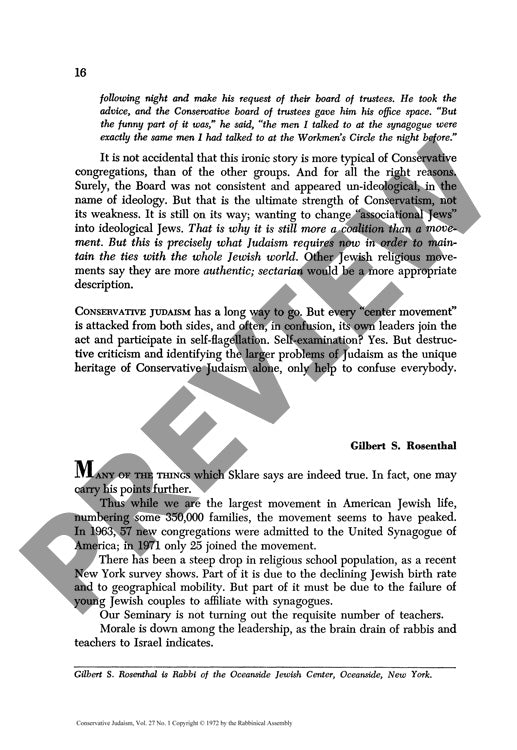Morale and Commitment Reactions to a Cri
Couldn't load pickup availability
Conservative Judaism's centrist approach to American Jewish life stood at a crossroads in the early 1970s, facing declining morale and institutional weakness even as it pioneered influential educational and cultural innovations. Quantitative indicators revealed concerning trends: stagnating congregational growth, sharp drops in religious school enrollment, and increasing leadership migration to Israel. The movement's reluctance to establish and enforce clear halakhic standards left many congregations with observance levels barely distinguishable from Reform Judaism, undermining its distinctive identity. Statistical analysis of membership patterns, combined with theological assessment of the movement's positioning strategy, revealed both structural vulnerabilities and untapped potential. Despite these challenges, Conservative Judaism achieved notable successes through innovative worship patterns, educational revival, Hebrew camping programs, and advancement of Jewish peoplehood concepts. Strategic reforms emerged as critical priorities: theological reformulation, stricter clerical and lay standards, continued halakhic development, and expanded experiential programming through day schools and immersive Jewish living. While the movement confronted challenges common to all American Jewish denominations, its centrist philosophy remained viable for meaningful Jewish continuity - provided it could successfully restructure and reconnect with its core principles.

More Information
-
Physical Description
-
Publication Information
Published 1972
ISBN
-
Publication Credits
Gilbert Rosenthal

